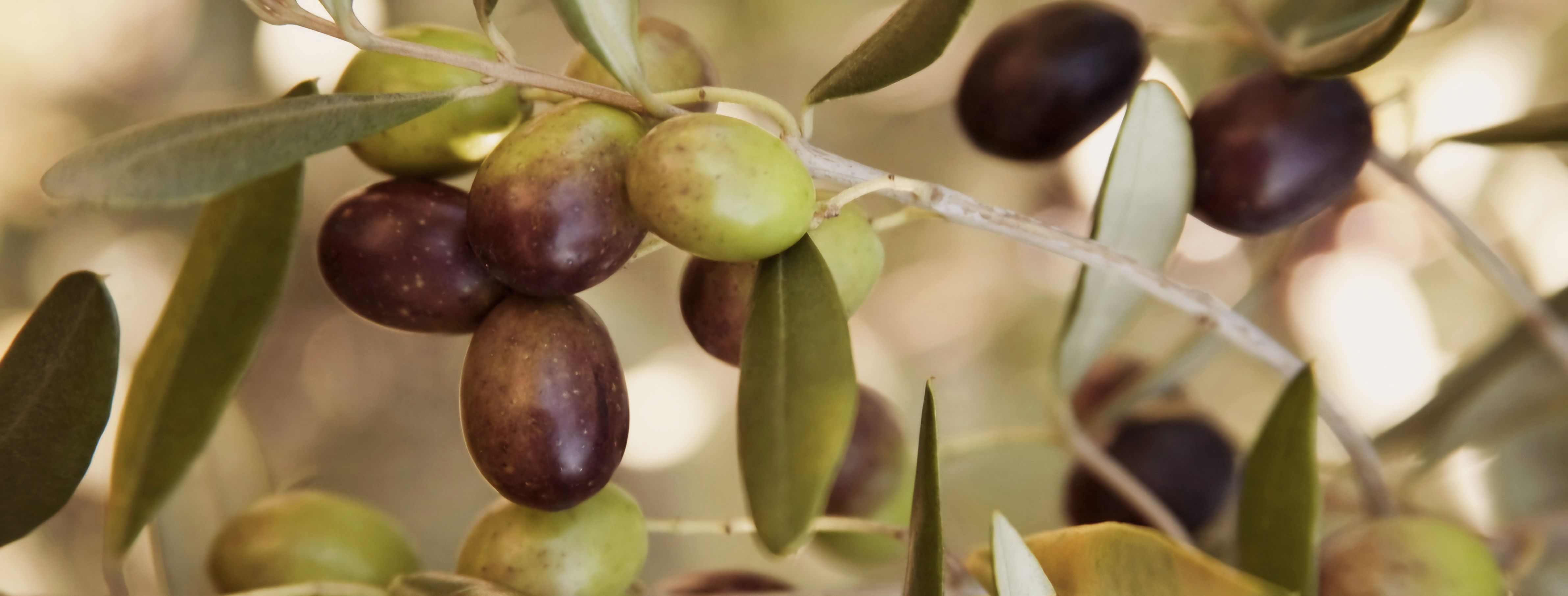
Wie kommt die Olive in die Flasche?
vakantio.de/der-traum-von-zeit-und-meer
The first fixed accommodation in over 4 months
Argitaratu: 21.12.2022
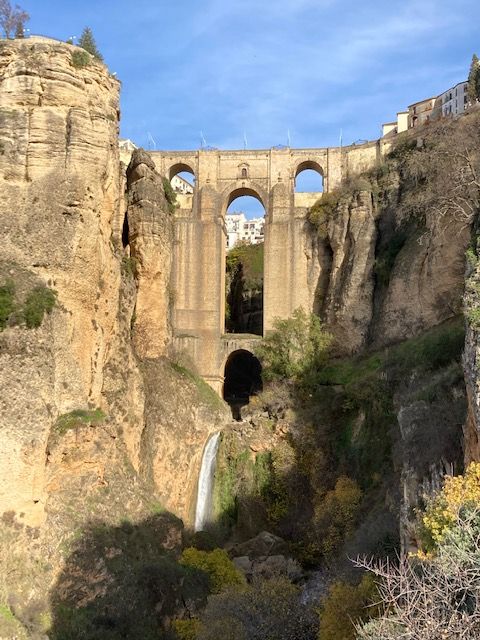
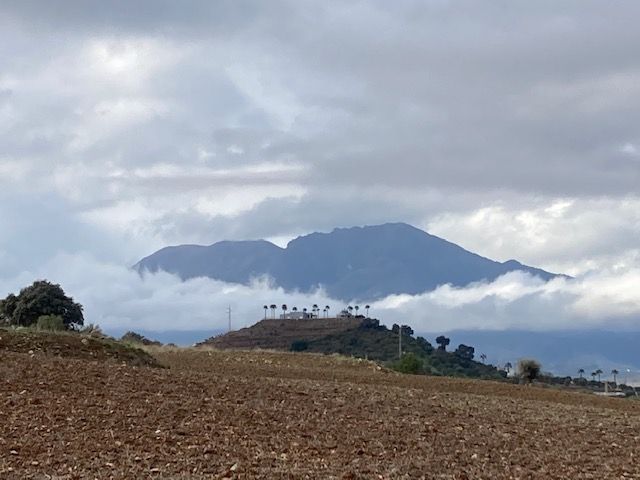
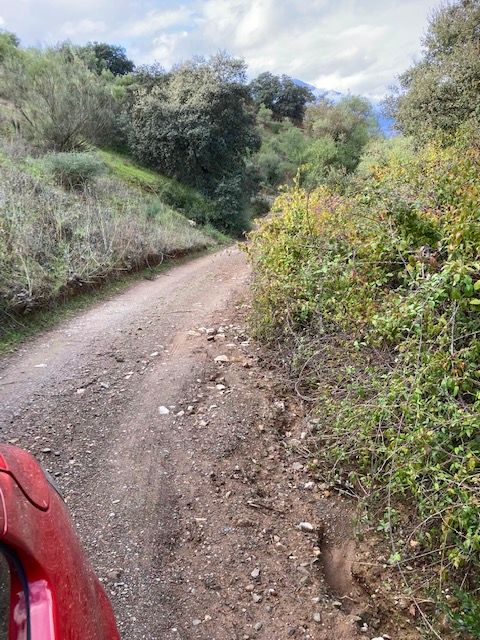
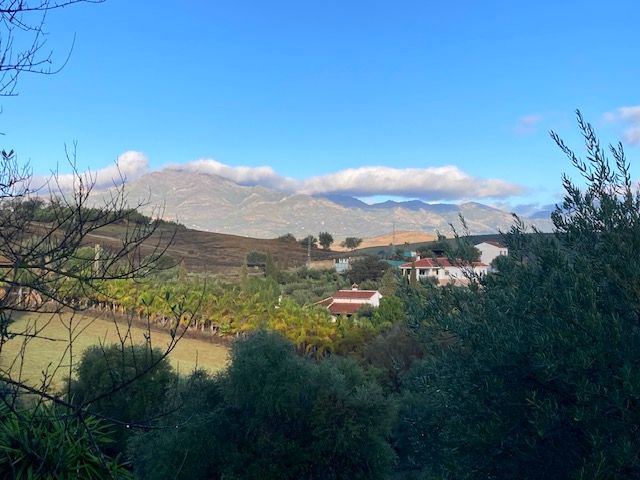
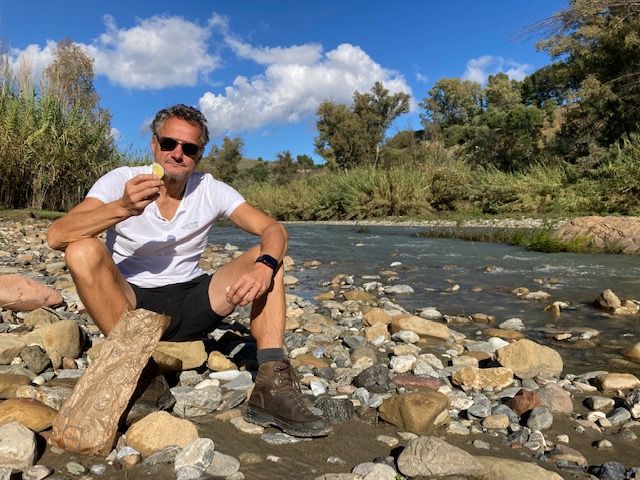
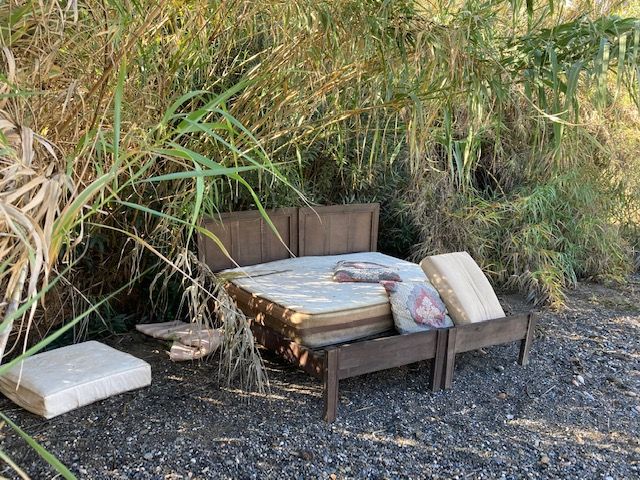
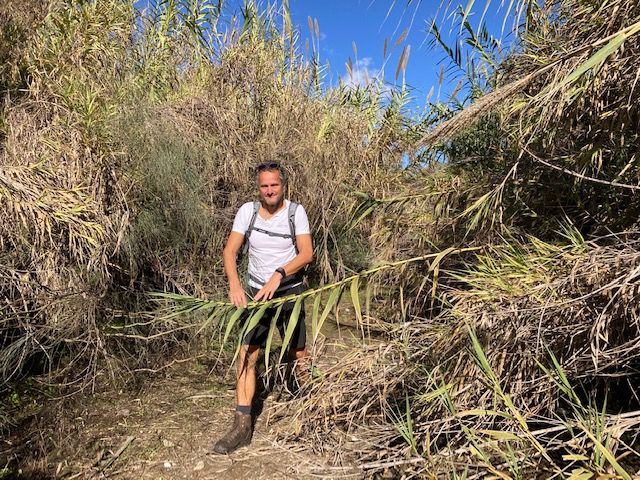
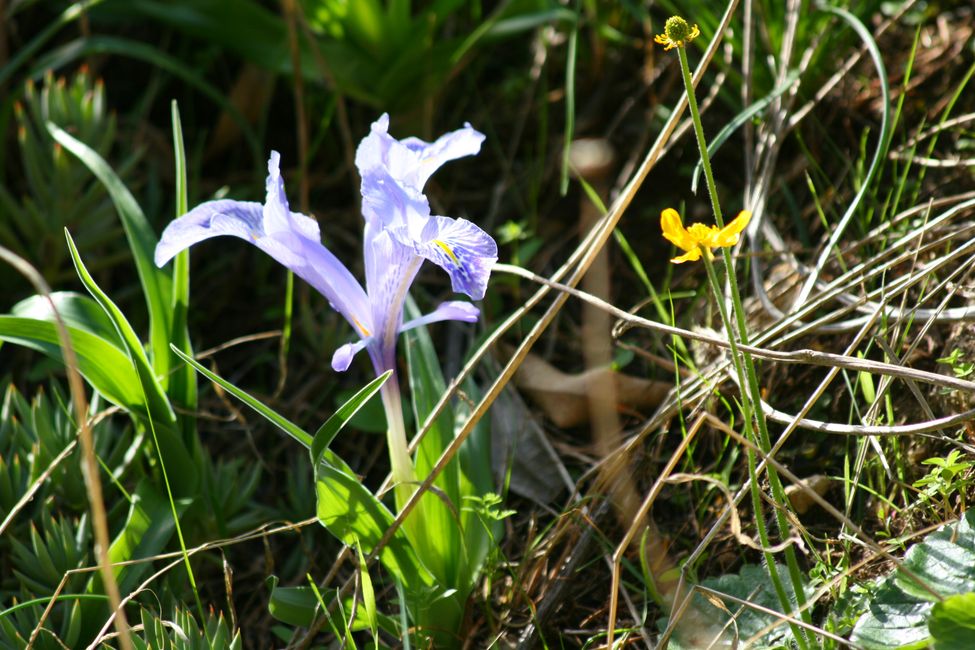
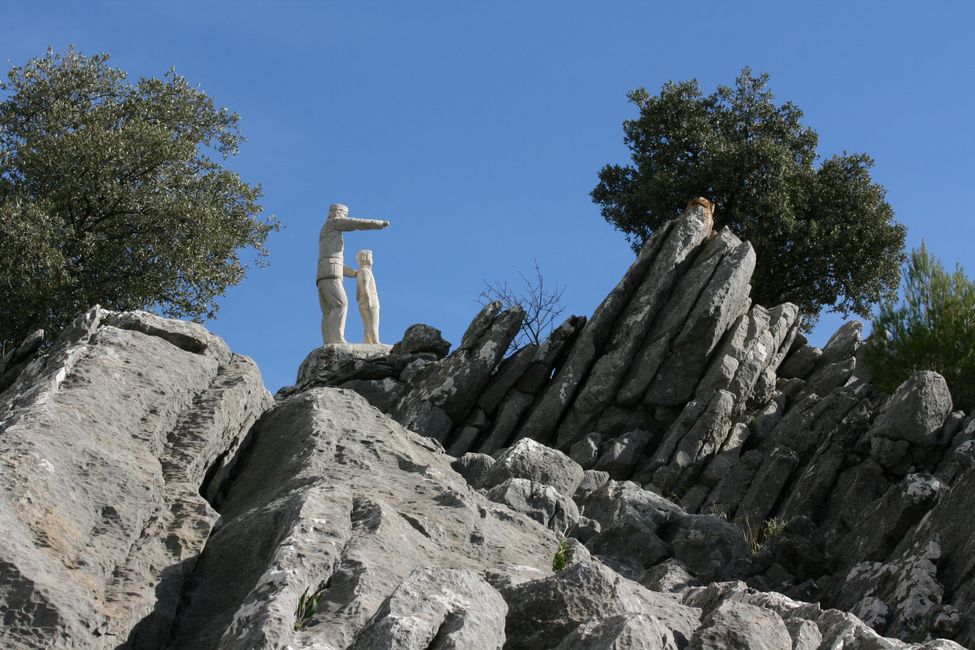
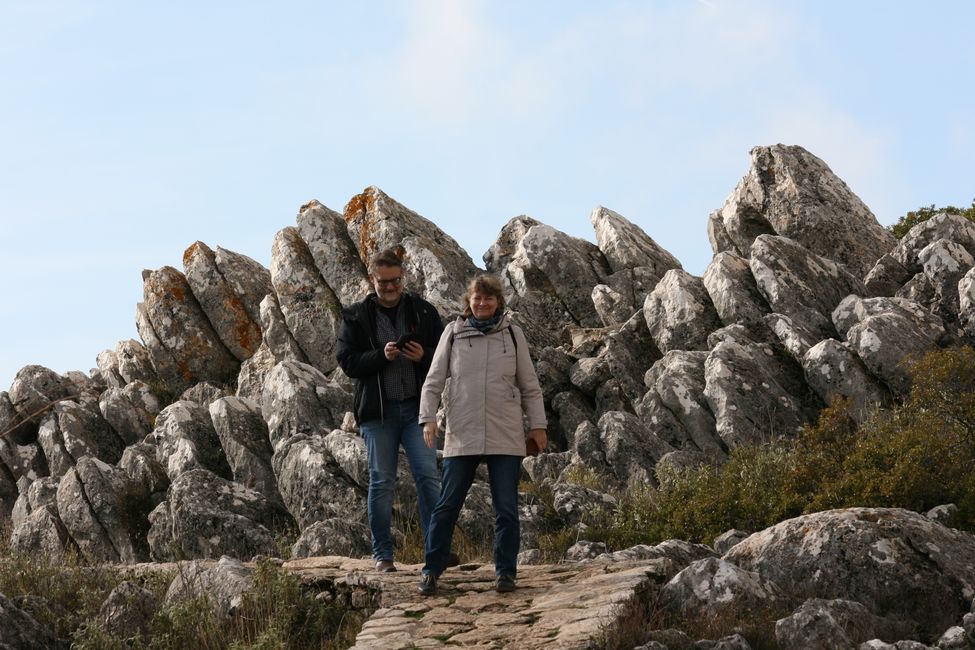
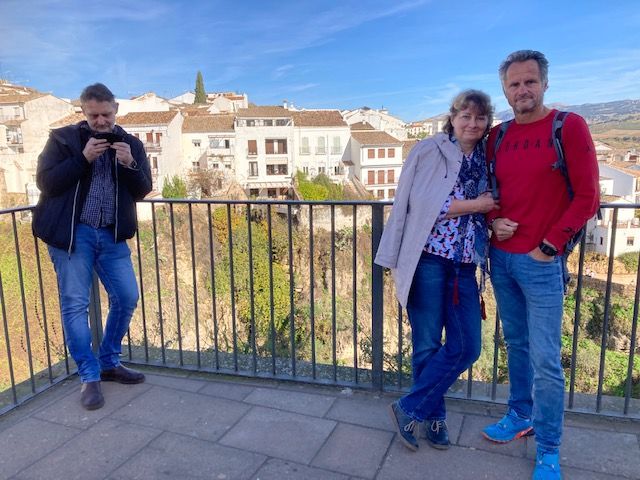
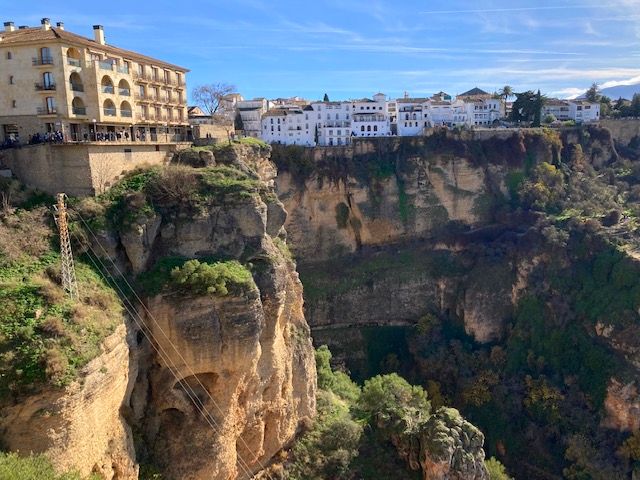
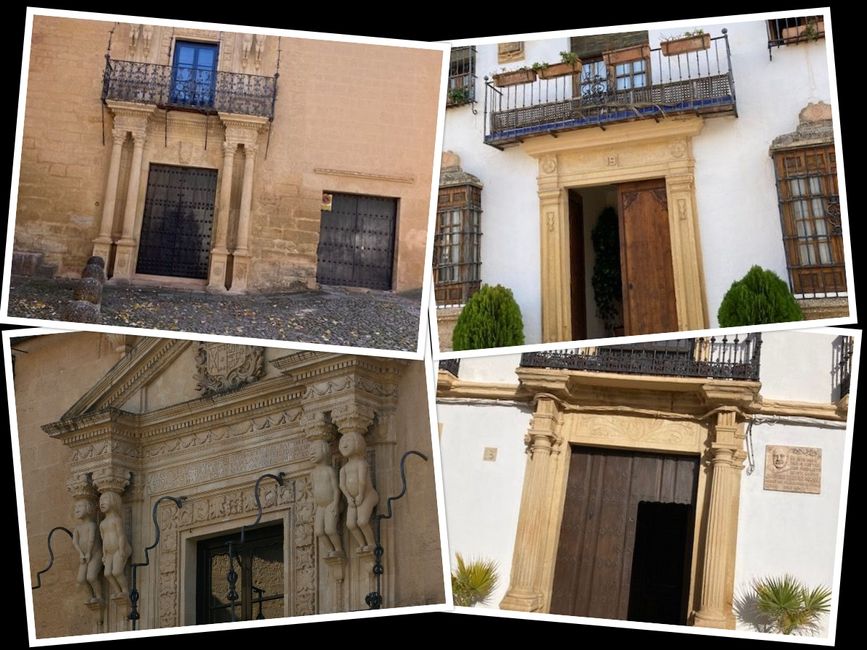
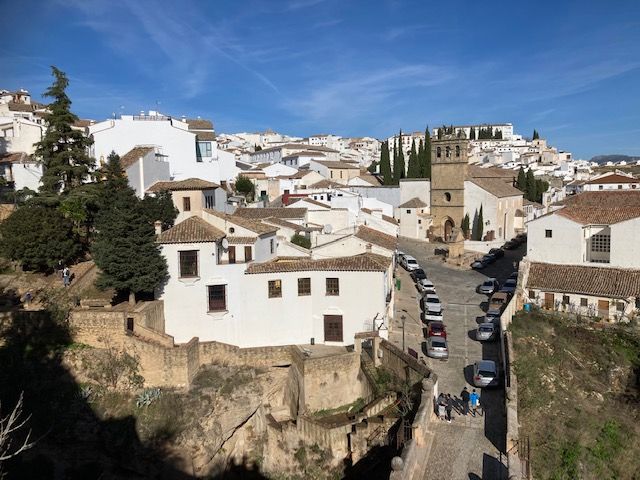
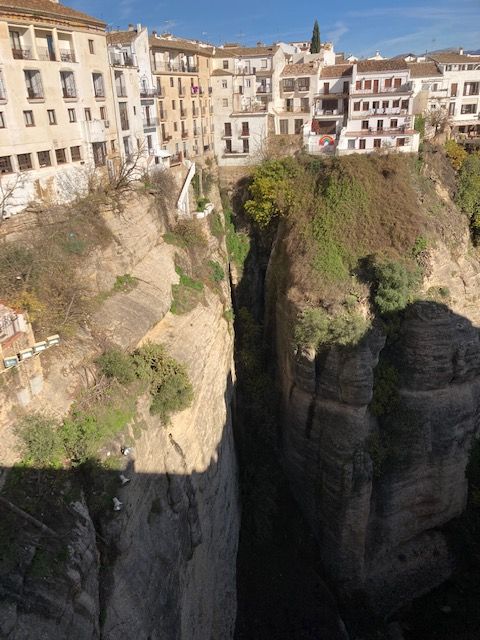
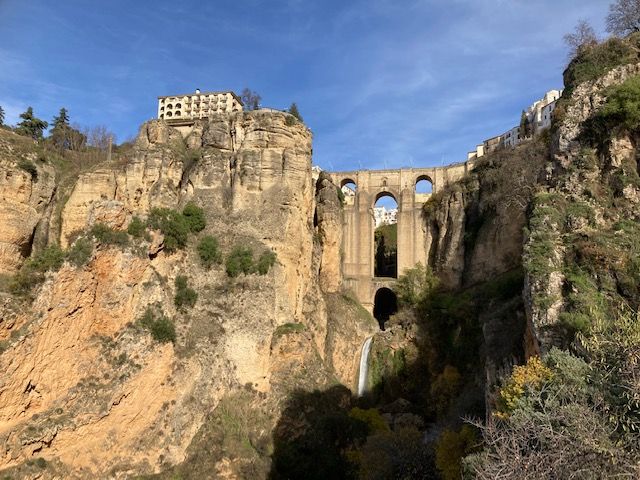
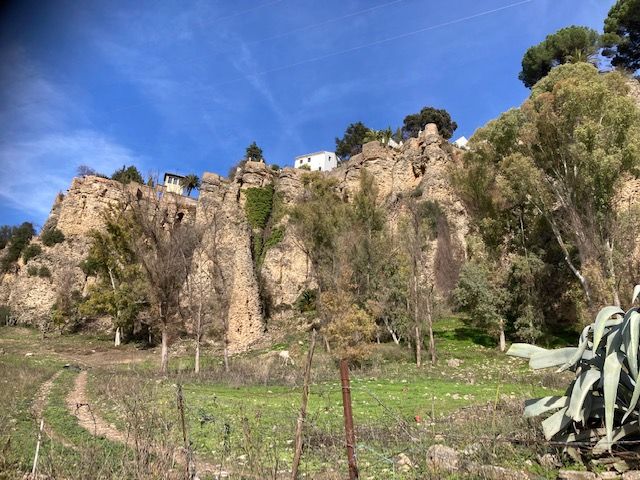
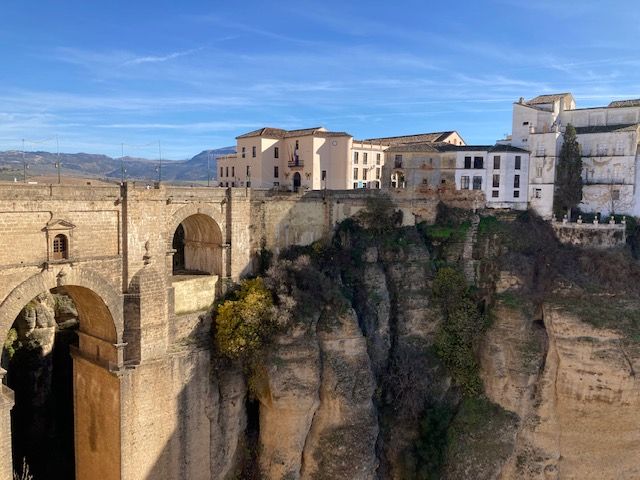
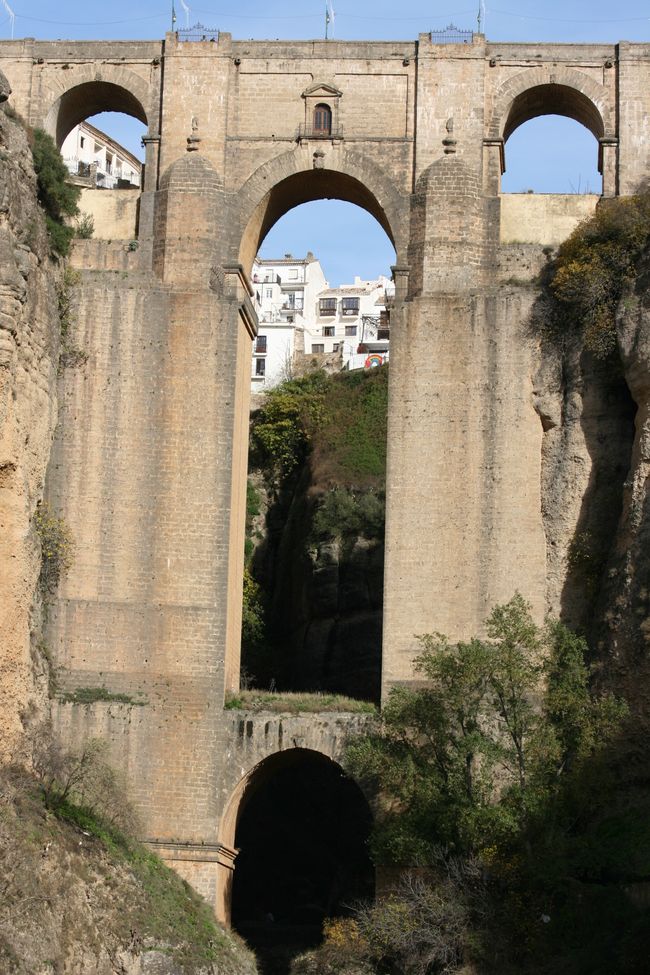
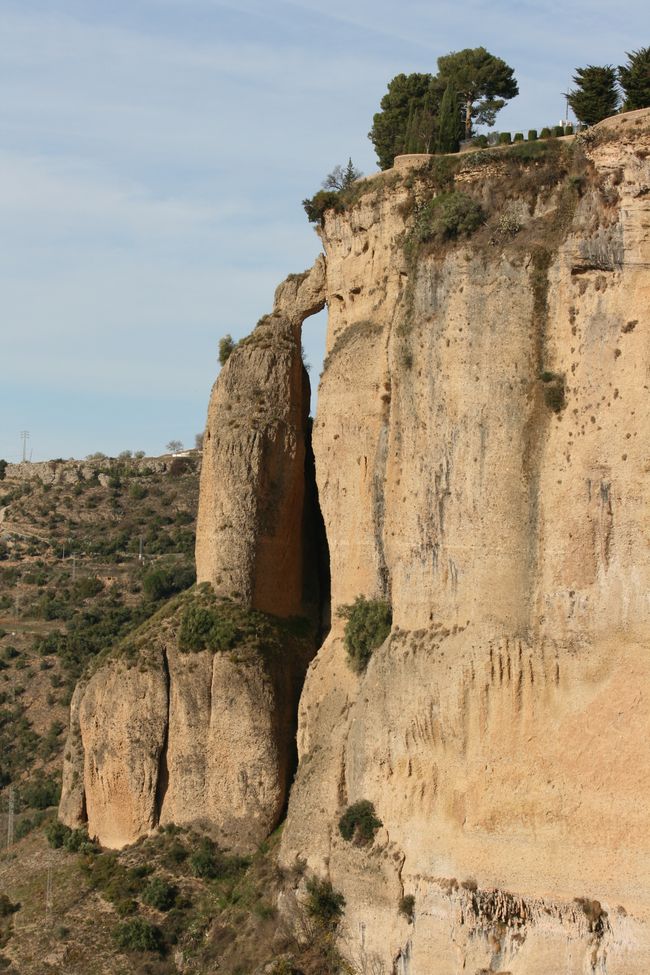
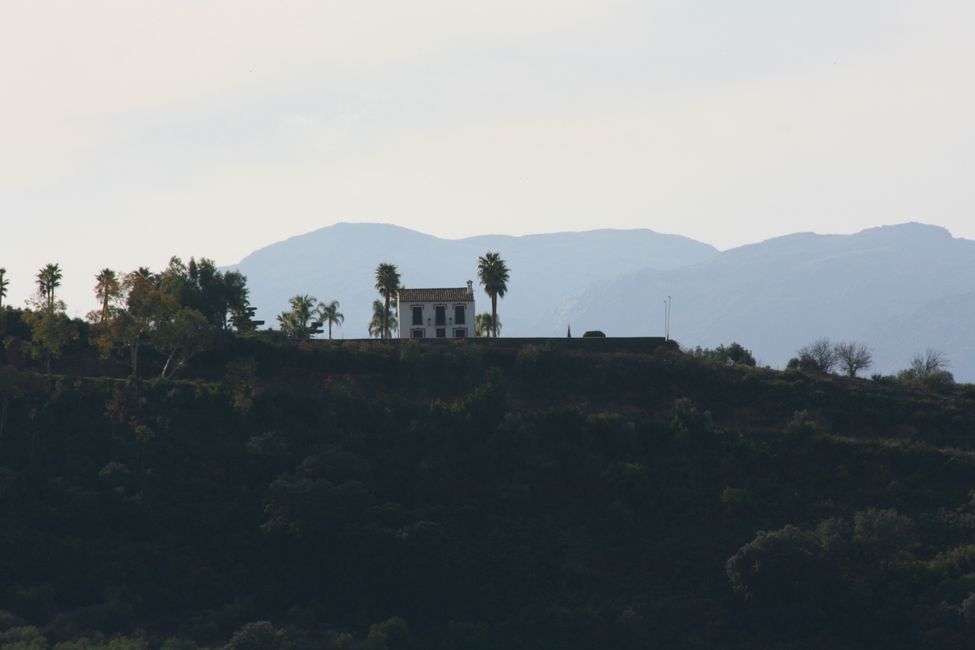
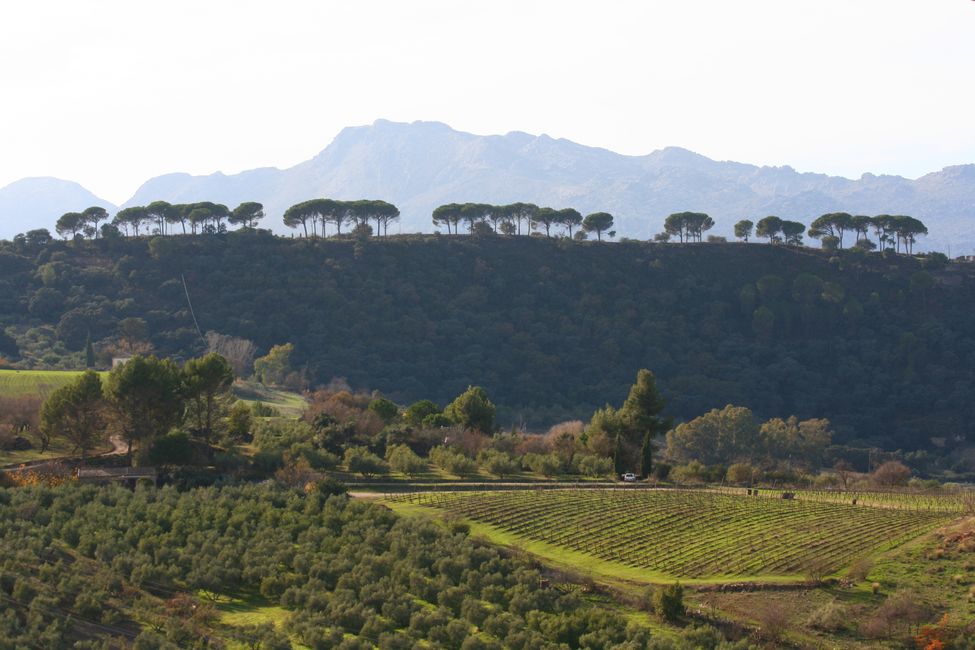
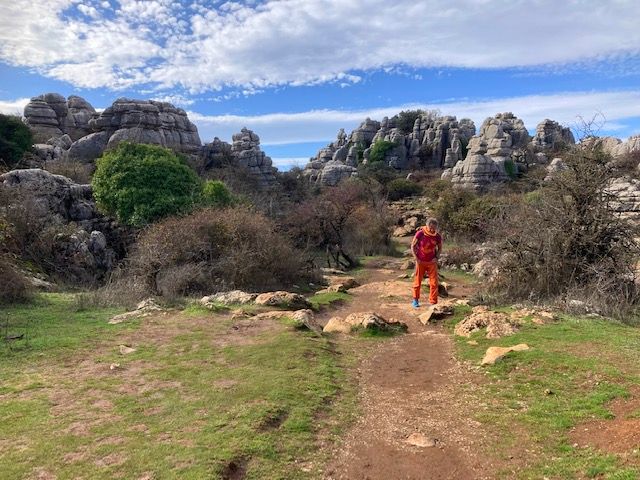
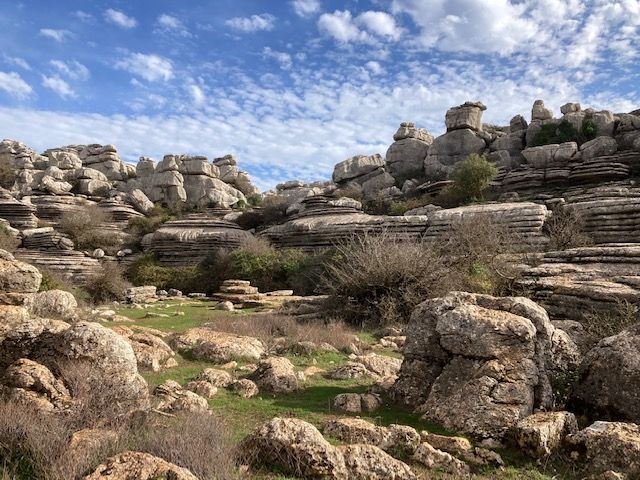
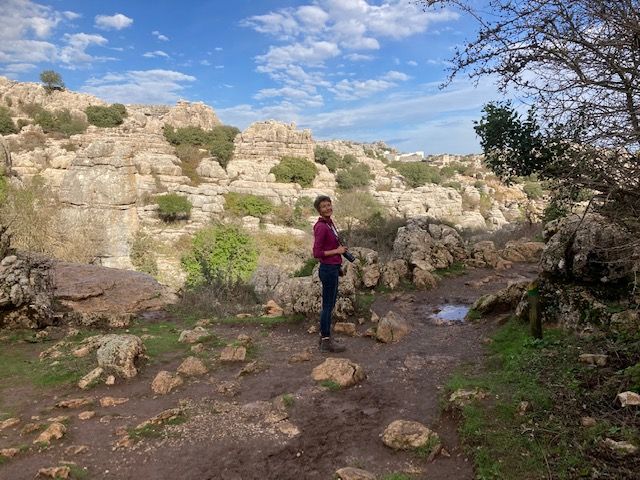
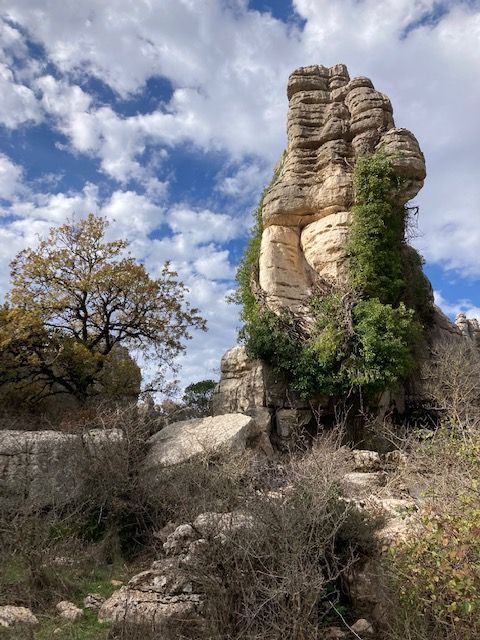
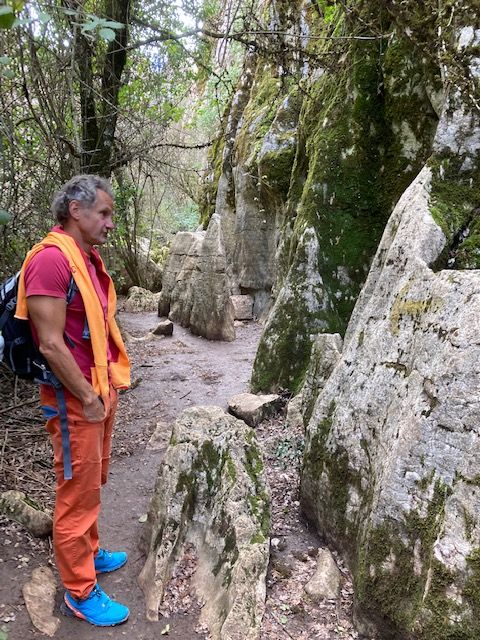
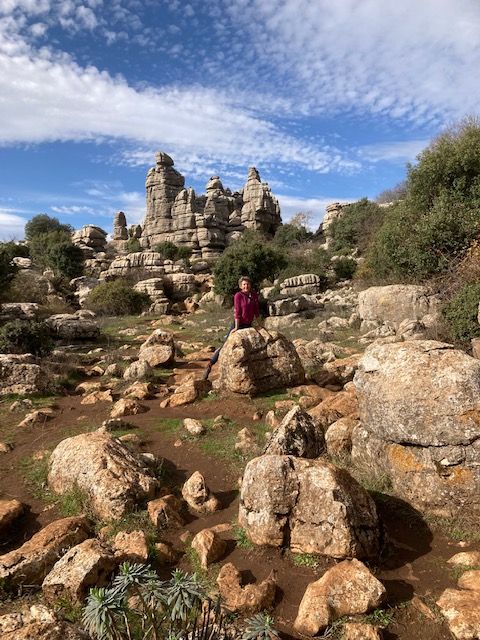
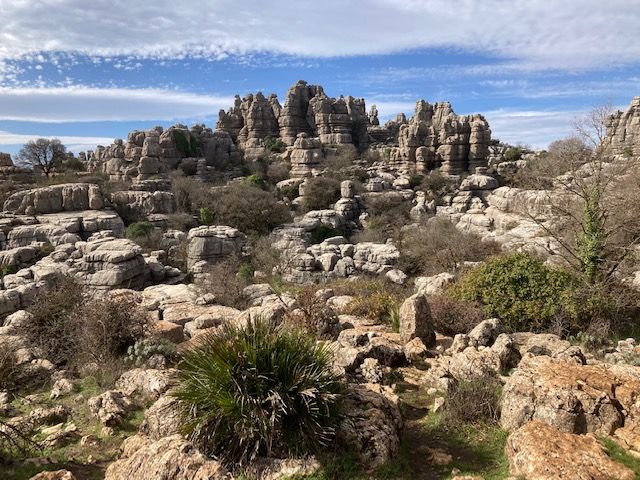
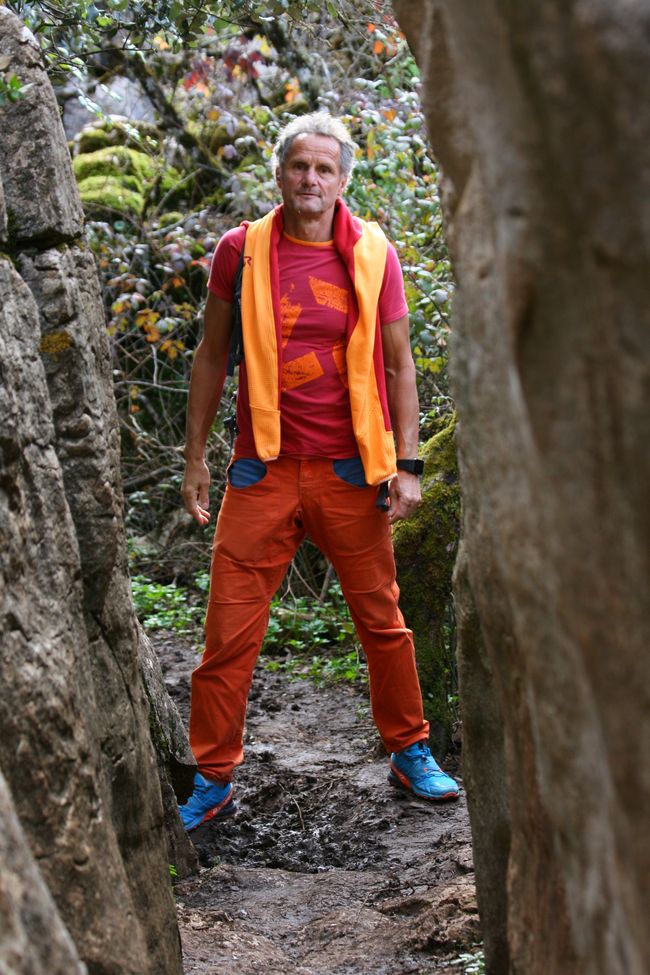
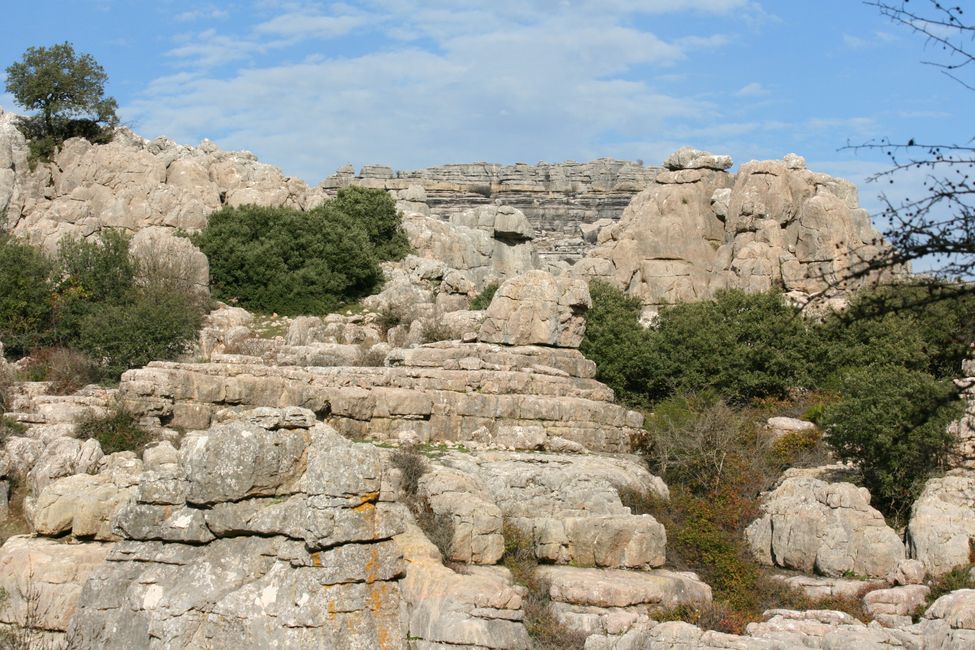
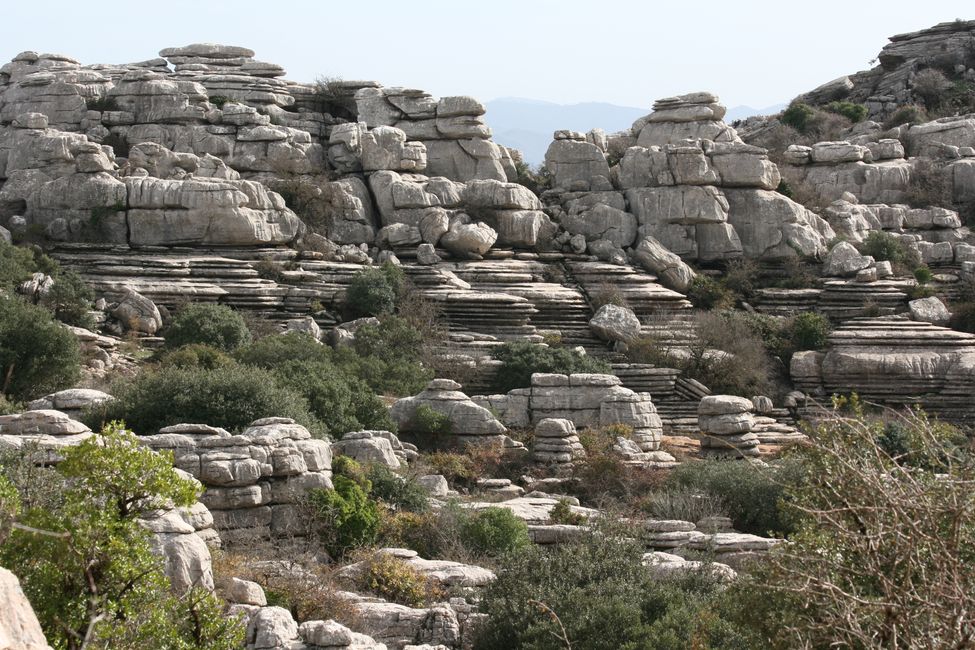
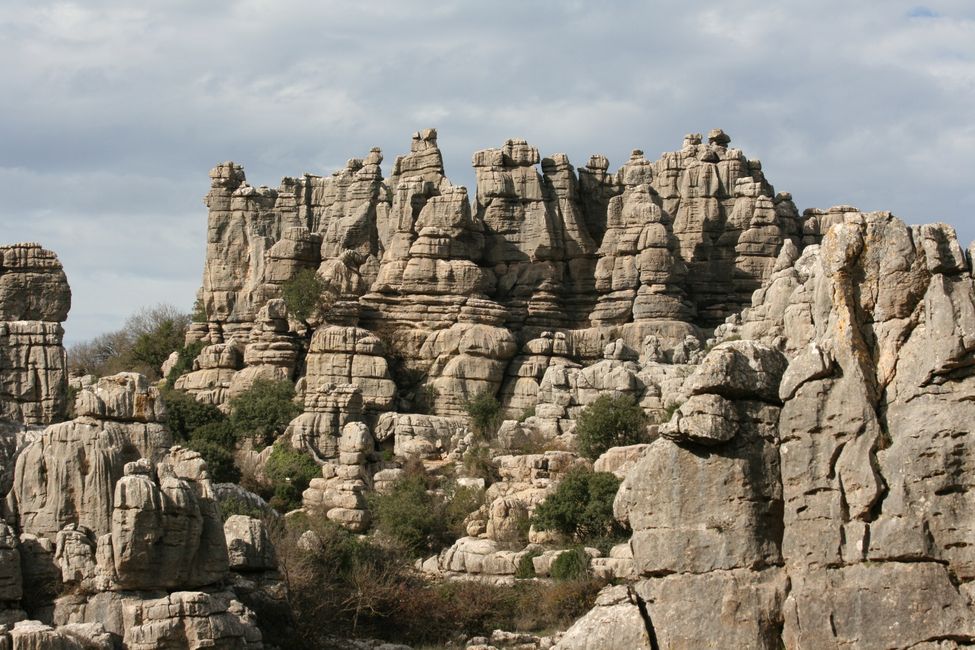
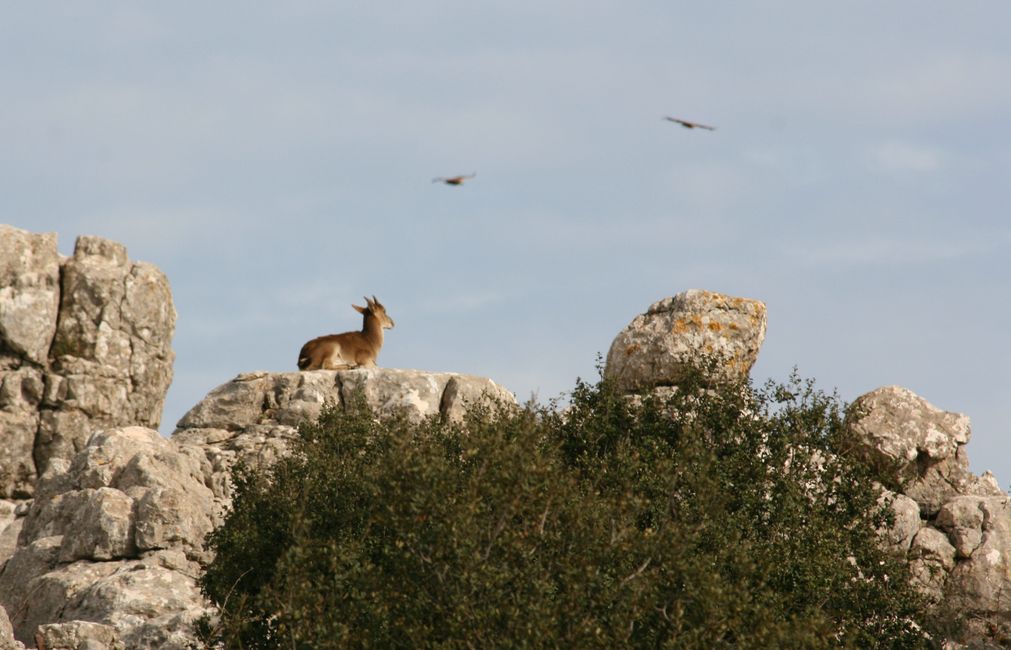
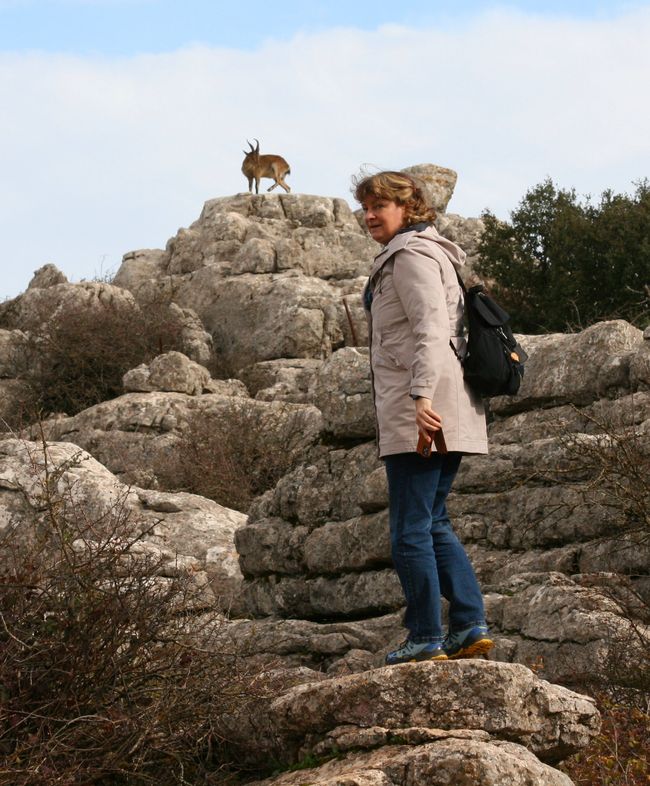
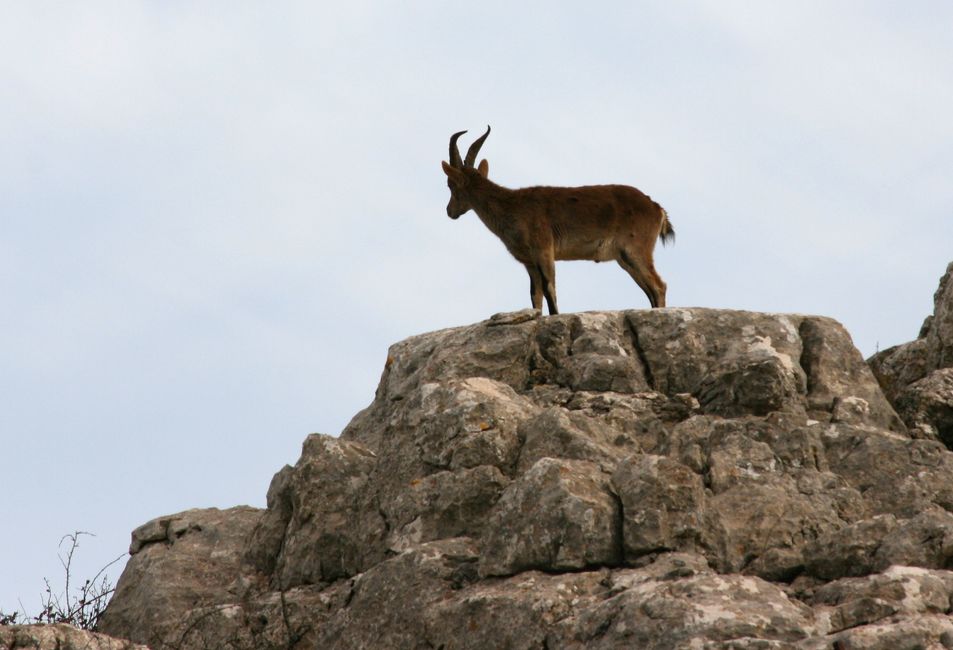
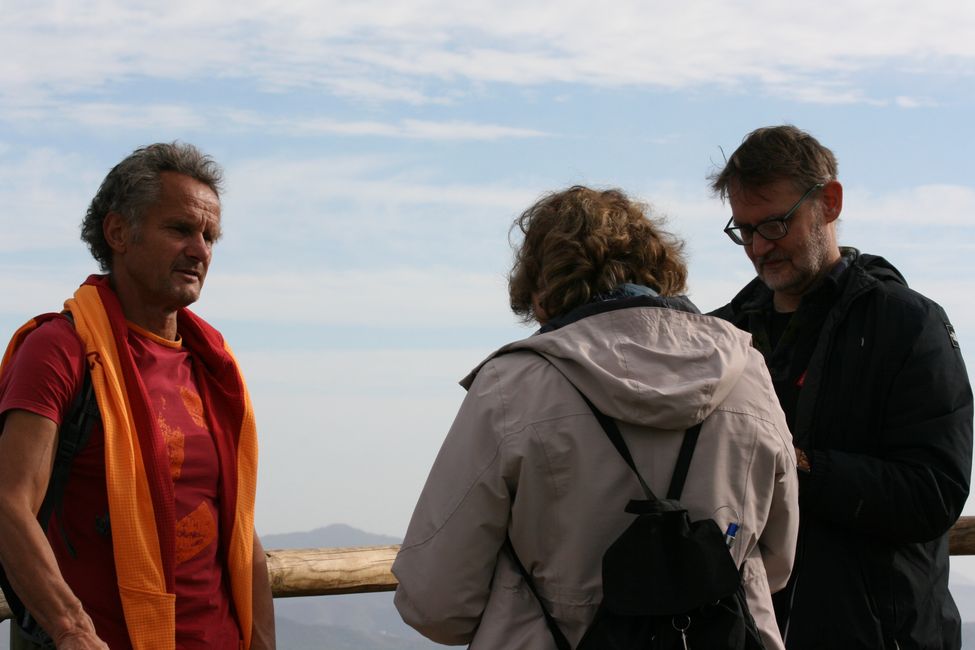
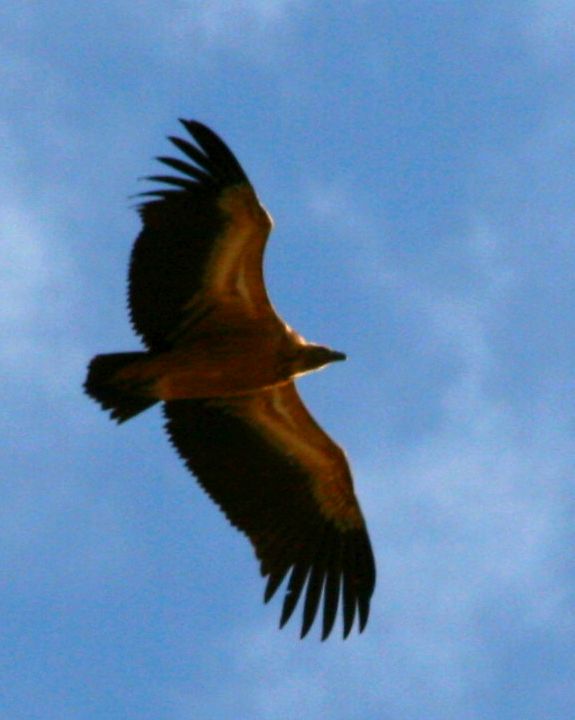
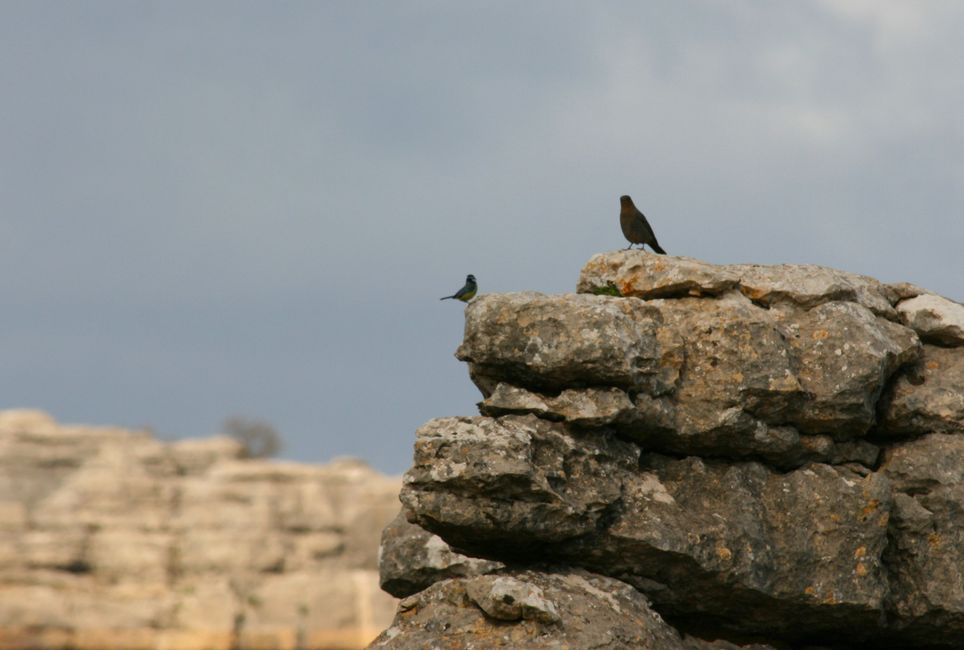
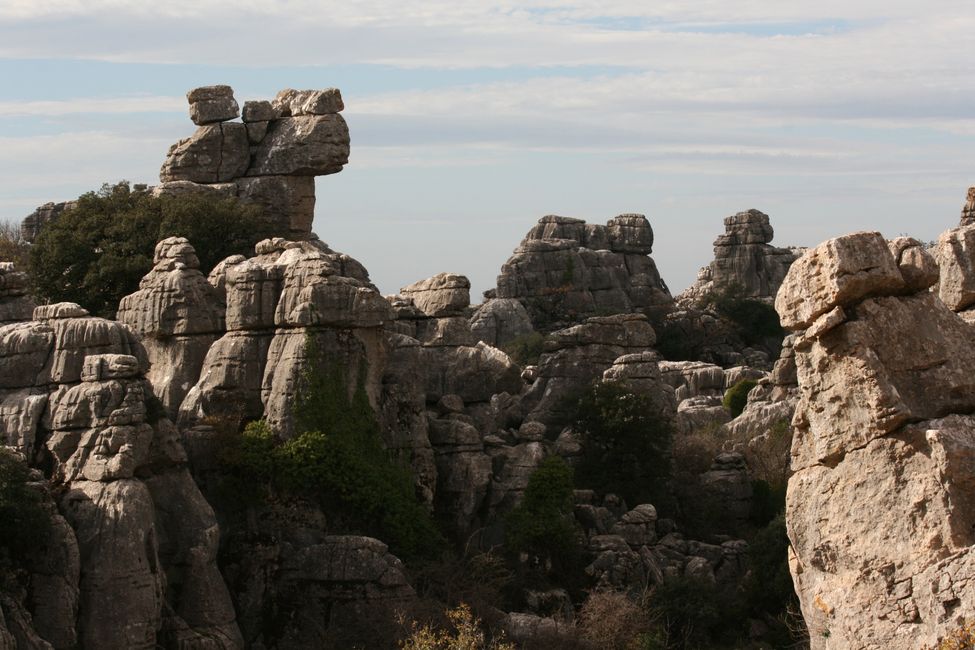
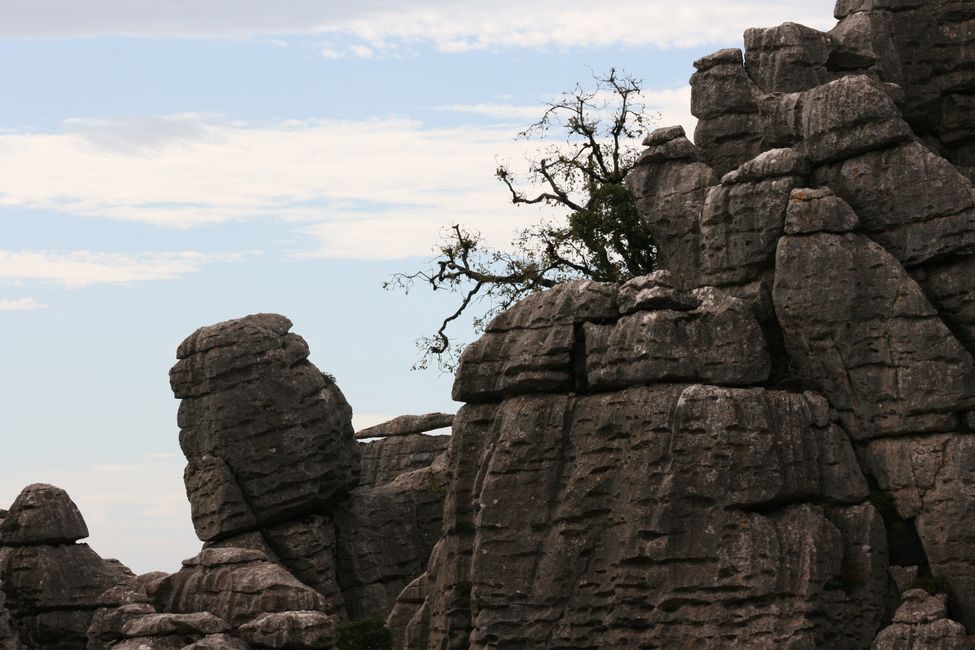
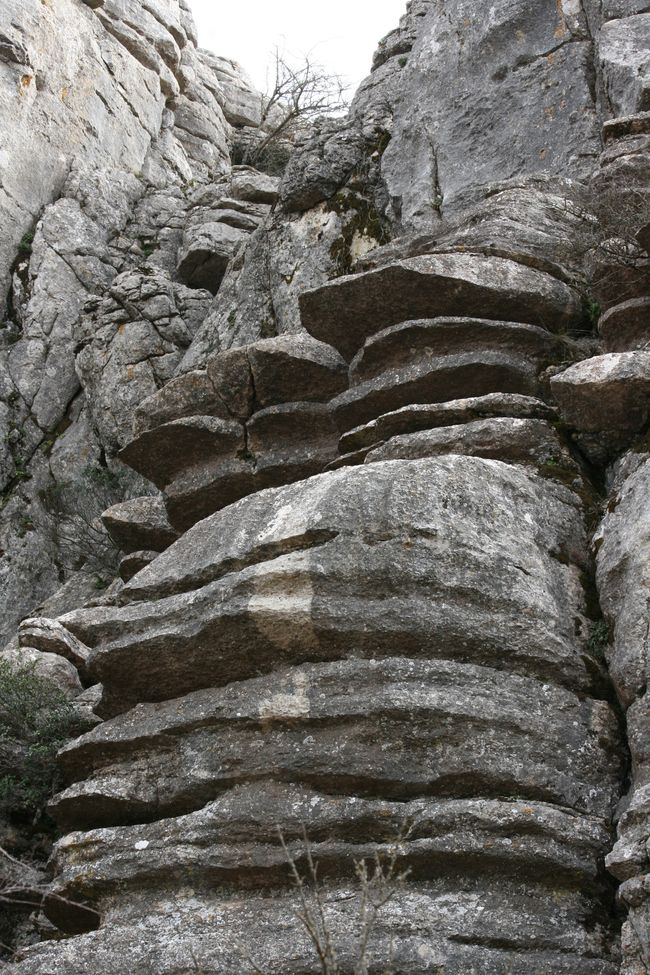
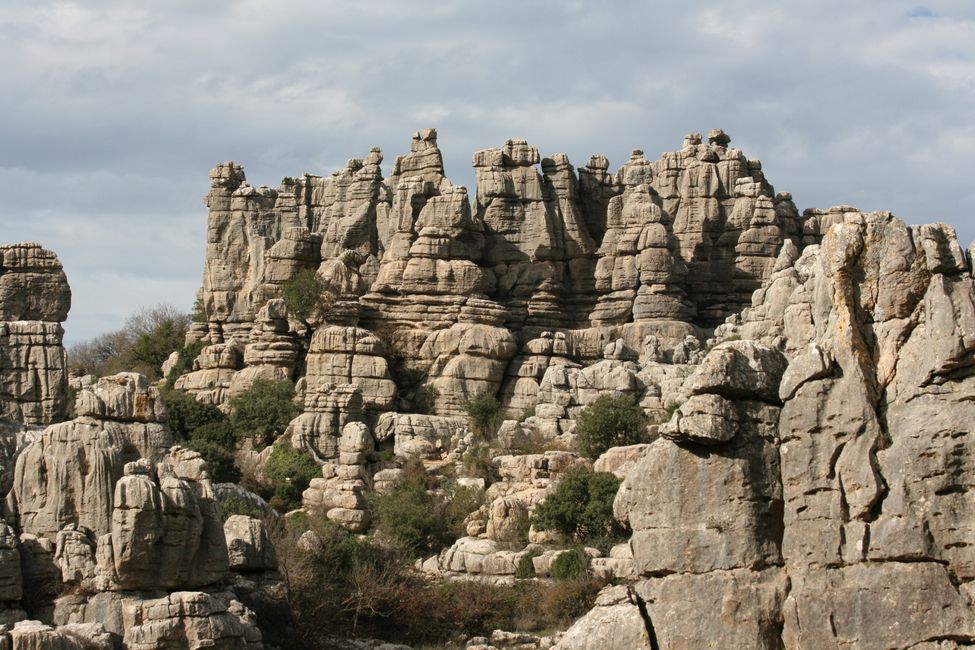
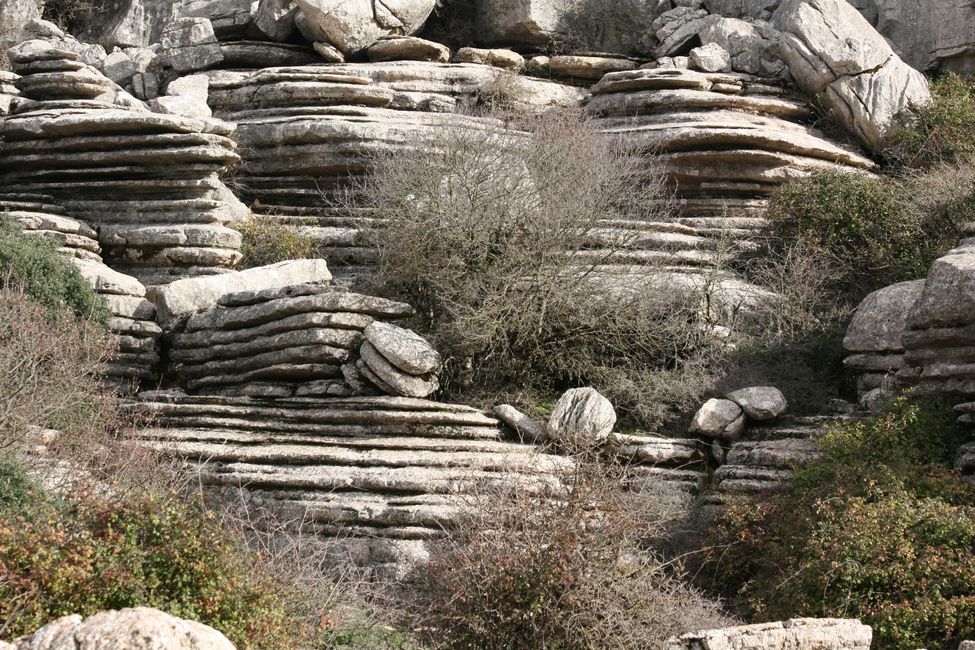
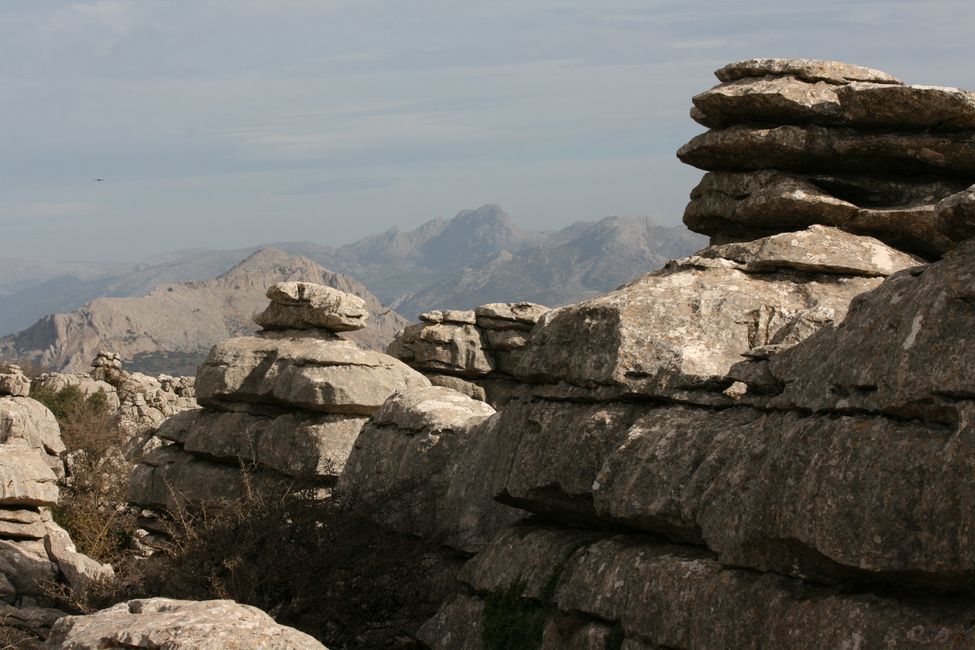
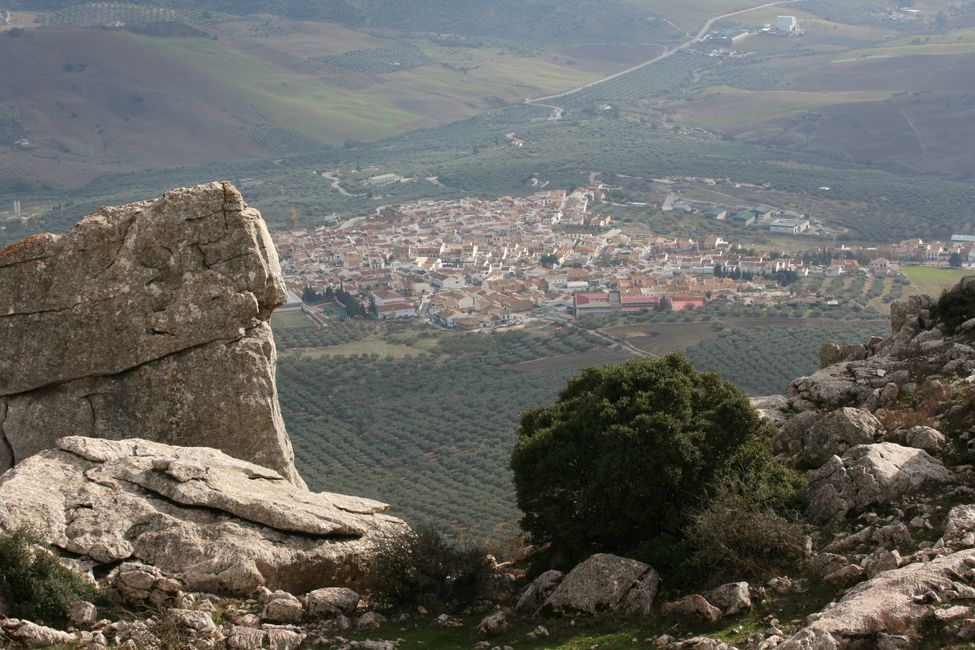
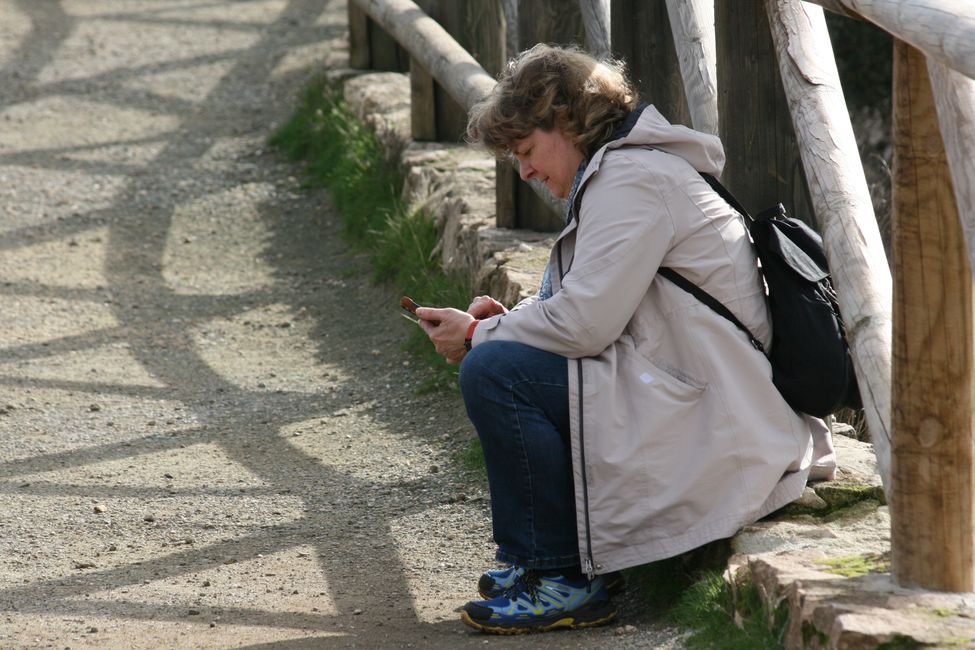
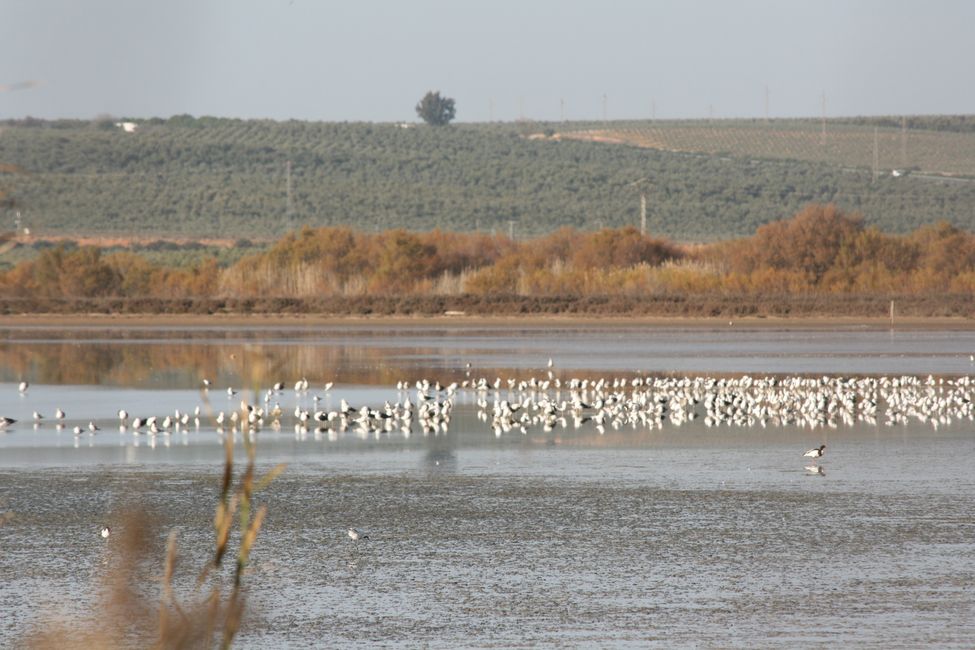
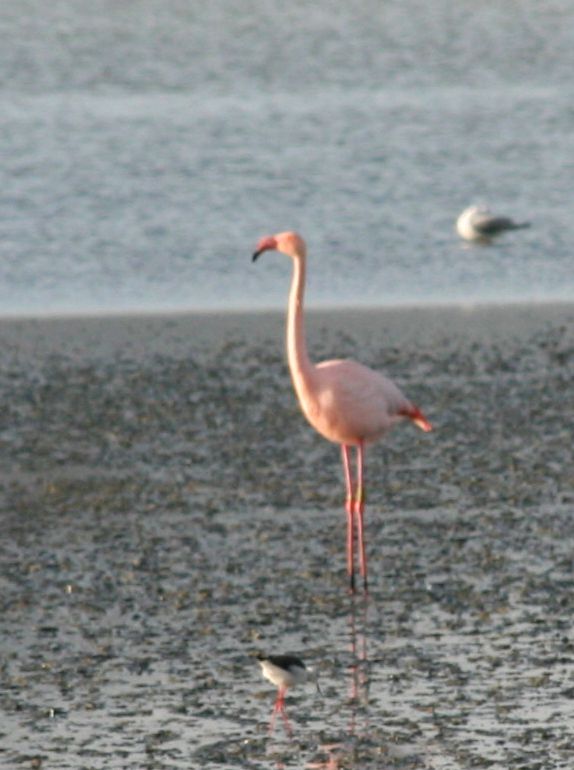
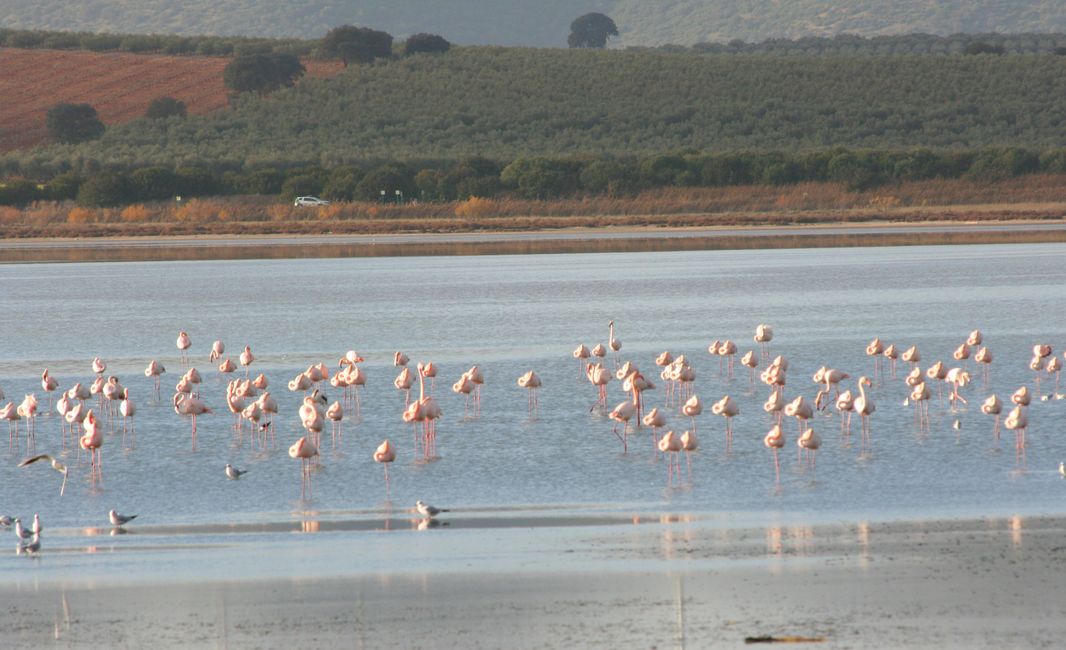
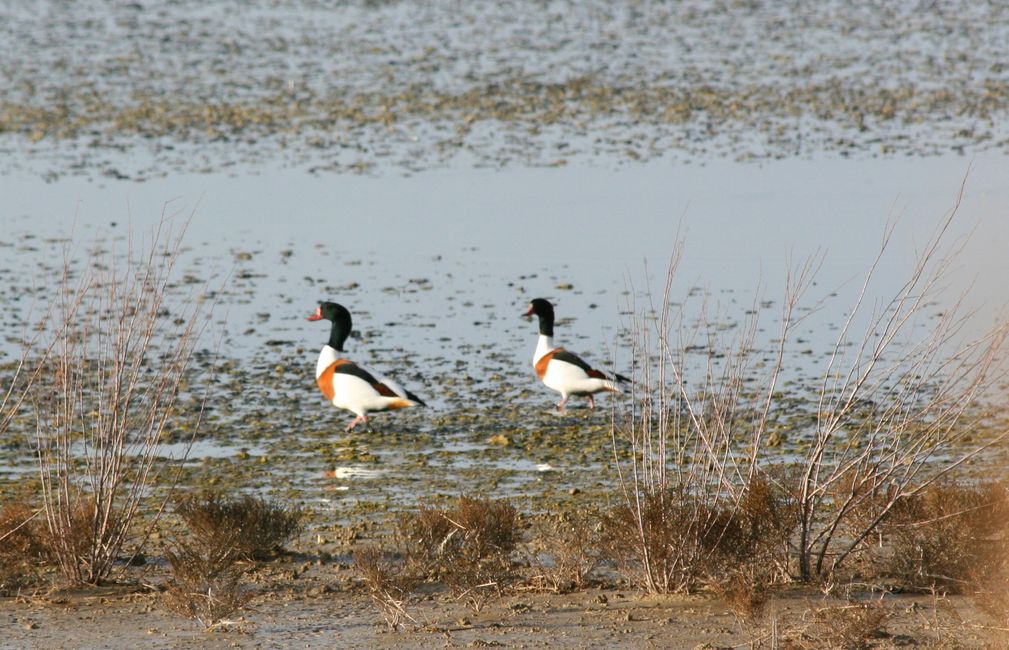
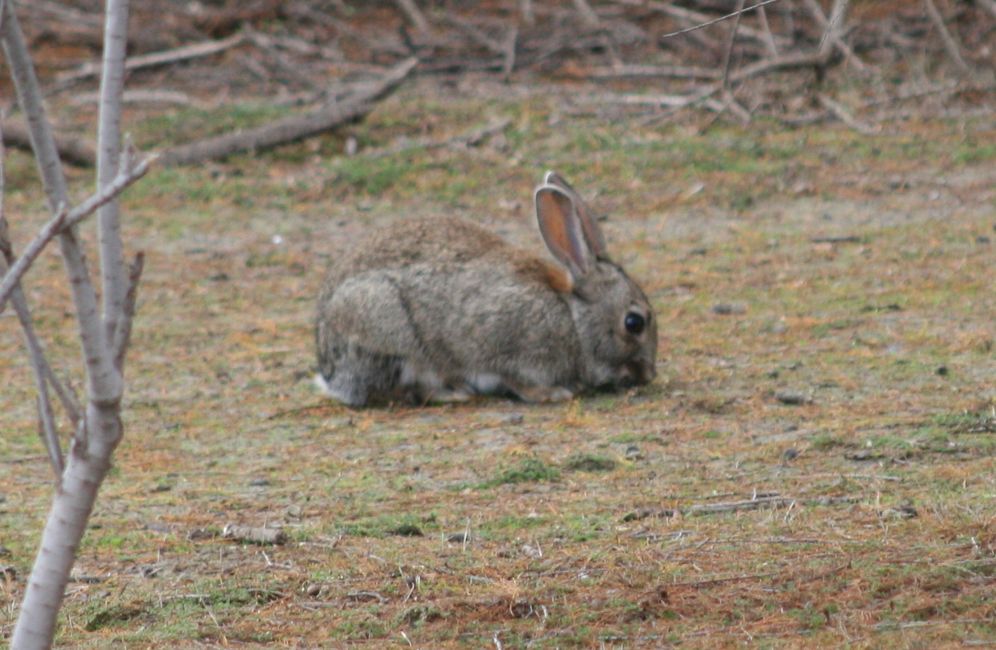

Harpidetu Buletinera
It gets cooler in the evenings ... and mornings too. The sun only rises around 8:30 in the morning and it's gone by 6pm. We have visitors coming over Christmas from Micha's sister and her partner. So we needed a proper vacation rental. We want to eat and drink, play and talk, not freeze and not be able to see what's on our plate after 6pm. Everyone gets their own room and the toilet only needs to be shared with 3 other people. It all sounds completely luxurious. I was most excited about having a warm room and a kitchen with light. The 'nomads' are slowly getting back to modern times ... very slowly! Because the journey was (and is every day) a disaster. What seems normal for the Spaniards and even gets street names, would barely earn the title 'riding trail' with us. I had to close my eyes several times. And definitely not pay attention to the sounds!!!
In the evening, Micha's sister and her partner arrived. They will be spending the Christmas season with us and we will explore a lot together. It brings some variety to our hermit-like existence and that's very nice. It's also nice that Cathi brought coffee - the Spanish kind only tastes good in bars and restaurants. But the best part is that she also brought a spare camera and telephoto lens in her luggage. Now I don't have to wander around empty-handed or use Micha's phone.
We visited Ronda, which is spread over 2 mountains and connected by a decorative bridge. Actually, the view of Ronda from below impressed me the most. It makes you want to paint, climb, go canyoning, meditate, or just stare into the blue sky. Even though the long drive on many winding roads upset our stomachs, the views of the mountains and white villages were fantastic. You can really fall in love with Andalusia ...
I can also highly recommend El Torcal to any visitor to Andalusia. The Spanish 'Elbe Sandstone Mountains' are really uplifting with their 2-hour circular route. Not only the mountain goats feel at home here, they even posed for photos. (Now I know where Micha gets that from - he is a Capricorn ;-) Next, we went to Fuente de Piedra, a large saltwater lake in the middle of the country. That raised many questions for me. I found some answers again on Wikipedia:
'Although it is an inland lake, the water is salty. The water level is relatively low and rarely exceeds one meter. In spring, the lake dries up and the salt crystallizes on the bottom. Salt was commercially extracted here from Roman times until the 1950s.'
The water surface provides food for numerous bird species and is an important resting place during the bird migration. It is also the site of the largest Spanish breeding colony of flamingos. In 1998, a nursery with 15,300 chicks was counted here. [1] However, flamingos do not breed here every year, but only when there has been sufficient rainfall in the previous autumn and winter to maintain a minimum water level.
Rosa flamingos that breed at Laguna de Fuente de Piedra are forced to go to the estuary of Guadalquivir and the Bay of Cádiz to find food in order to continue breeding and raising their chicks. These feeding grounds are located between 140 and 200 kilometers away from the breeding colony. [2] The change to the feeding grounds or back to the breeding colony takes place during the night. The parent birds need at least two hours to cover the distance. Most flamingos stay in the feeding grounds for at least one day and return the following night to either relieve the other breeding parent or feed the chick. However, some adult flamingos have been observed to immediately depart for the distant feeding grounds after feeding the chicks and not remain at the breeding colony. This means that a smaller number of flamingos breeding at Laguna de Fuente de Piedra cover at least 300 kilometers in one night. [3] These flight distances are the furthest feeding flights recorded for the bird family so far.'
Harpidetu Buletinera
Erantzun
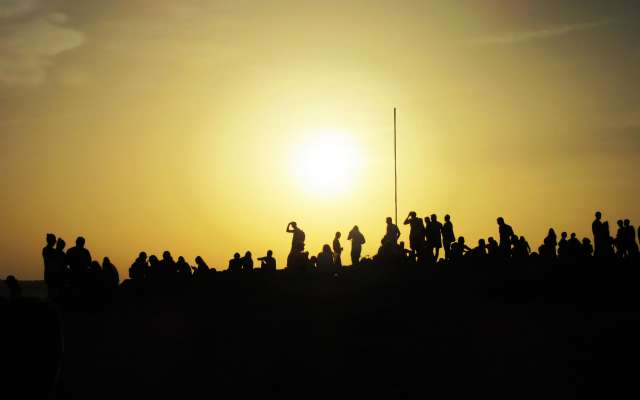
Bidaien txostenak Espainia
